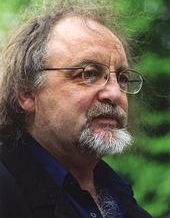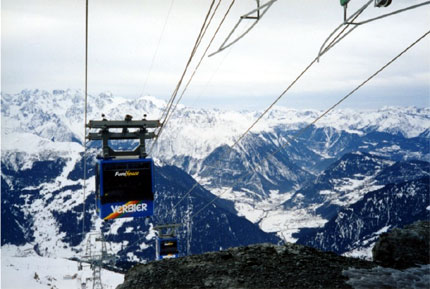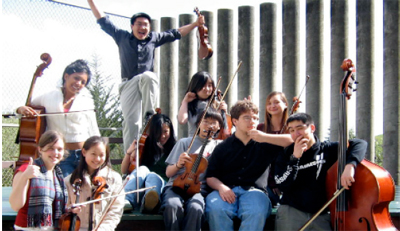Our regular listen to and look at living, breathing composers and performers that you may not know yet, but I know you should… And can, right here and now, with so much good listening online:
The British — reserved wet-blankets all, right? Ha! There’s an ecstatic light that burns in each of these composers’ work, though in very different ways:
The laser: Brian Ferneyhough (b. 1943)

“Brian Ferneyhough is a composer whose every work probes afresh and ex nihilo the extremes of the musically and technically feasible and stretches the limits of notation. His music is conceived as an ongoing process of transcendence, a constant crossing of boundaries. Each composition is a flight into a virgin land, into uncharted territory. And he is a musical thinker to whom art, rather than existing for its own sake, represents what he himself calls Erkenntnisform — a ‘vehicle of knowledge’.” — Dieter Borchmeyer
The mirror-ball: Jonathan Harvey (b. 1939)

“Jonathan Harvey’s music – ecstatic, inspired, filled now with contemplative rapture, then suddenly with exuberant, joyful dance, and always beautiful – has long stirred me. Among contemporary composers there is none except Stockhausen who can so regularly ‘with sweetness, through mine ear, dissolve me into extasies, and bring all Heav’n before mine eyes’.” — Andrew Porter
The soft translucent glow: Laurence Crane (b. 1961)

“In Laurence Crane’s music the material chosen is familiar; mostly consonant, often tonal, triads, elementary chords, old well-used intervals rescued from a previous unjust ignorant redundancy. The familiar sound or image is abstracted by being placed in a new, clean and often isolated context, like a museum glass case. Its innate value is respected by it remaining alone, unornamented and unaffected during the course of the piece by any development or transformation; the image staying as and where it is by being gently reiterated or prolonged so that it holds our full attention.” — Tim Parkinson
 I don’t ski. Asthma. And fear. Mostly fear.
I don’t ski. Asthma. And fear. Mostly fear.



